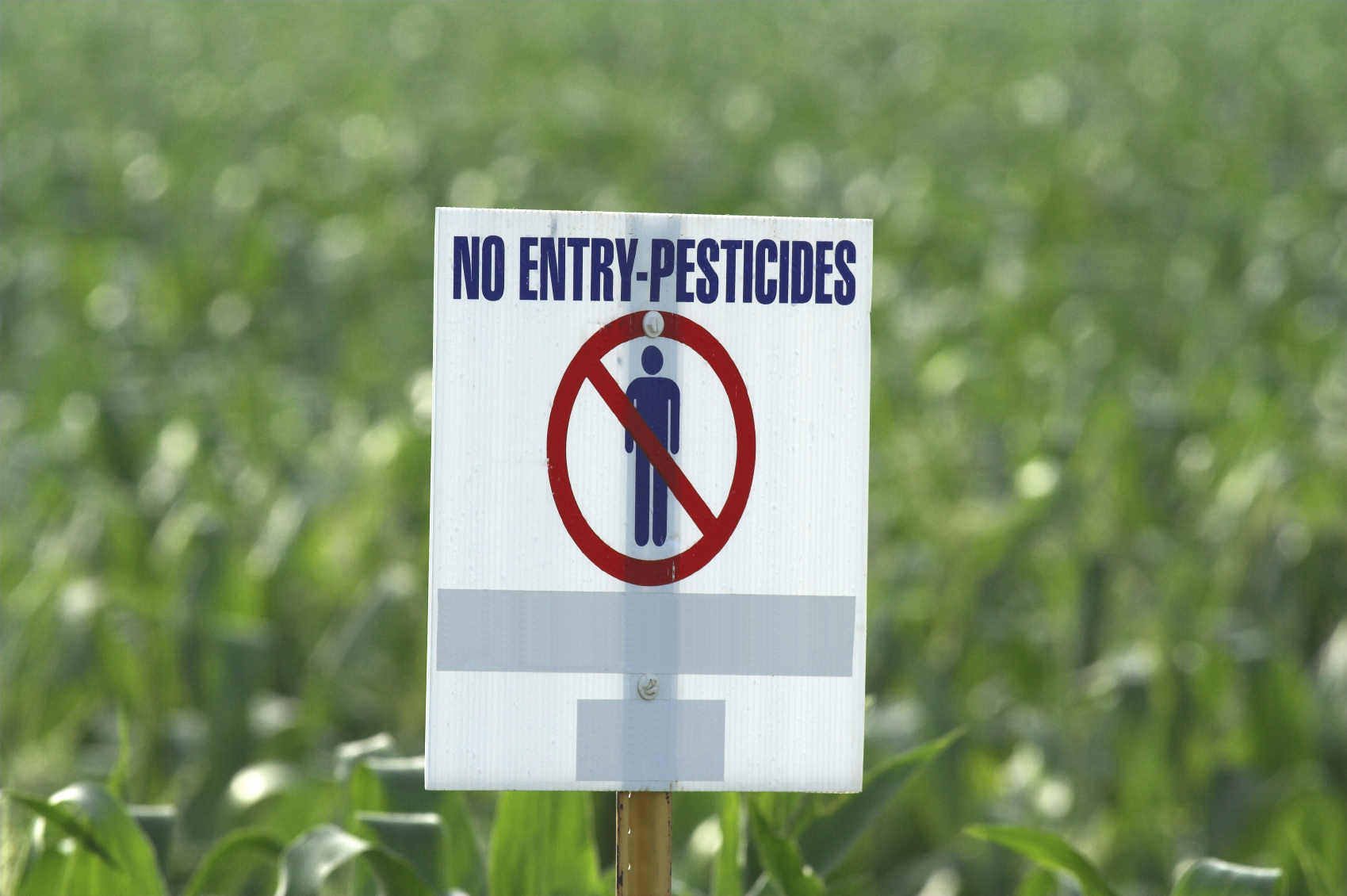Synergistic action of pesticide “cocktails” is escalating bee mortality

Published: October 7, 2021
Category: Pesticides
A meta-analysis of 90 studies found that bees are dying in greater numbers from the overall synergistic effect between multiple anthropogenic stressors—including agrochemicals, nutritional stressors, and/or parasites.
Impacts of these stressors individually were already taking a toll on bee populations; but strong evidence of synergy when bees are exposed to multiple agrochemicals at field-realistic levels has led researchers to advise that commercial formulas containing multiple chemicals should require their own licenses. The authors noted that interaction between chemicals needs to be considered, as the potential mechanisms driving the synergistic interactions remain unclear.
Agricultural pesticides sold ready-mixed as “cocktails” can kill twice as many bees, the study found.
“Exposure to multiple pesticides is the norm, not the exception,” said Dr Harry Siviter of the University of Texas at Austin, who led the study. “If you have a honeybee colony exposed to one pesticide that kills 10% of the bees and another pesticide that kills another 10%, you would expect, if those effects were additive, for 20% of the bees to be killed,” Dr Siviter said.
But the synergistic effect could produce a 30-40% death rate, which is what this study found.
Dr. Siviter proposed post-licensing observations to record harm, as this monitoring is not currently done.
Sources: Nature; BBC
To view source articles, visit:
https://www.nature.com/articles/s41586-021-03787-7
https://www.bbc.com/news/science-environment-58089545
Organic & Non-GMO Insights October 2021




